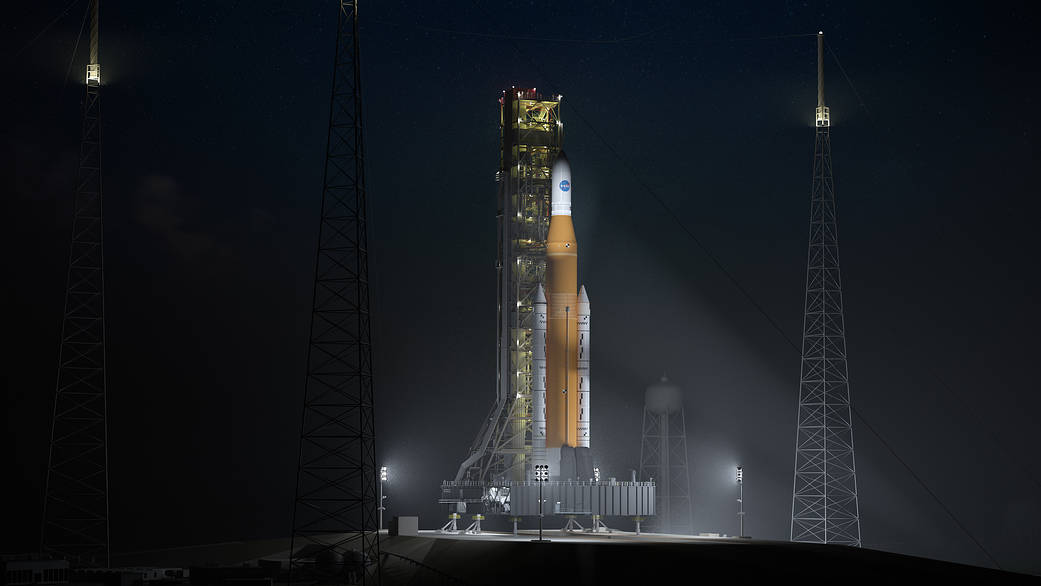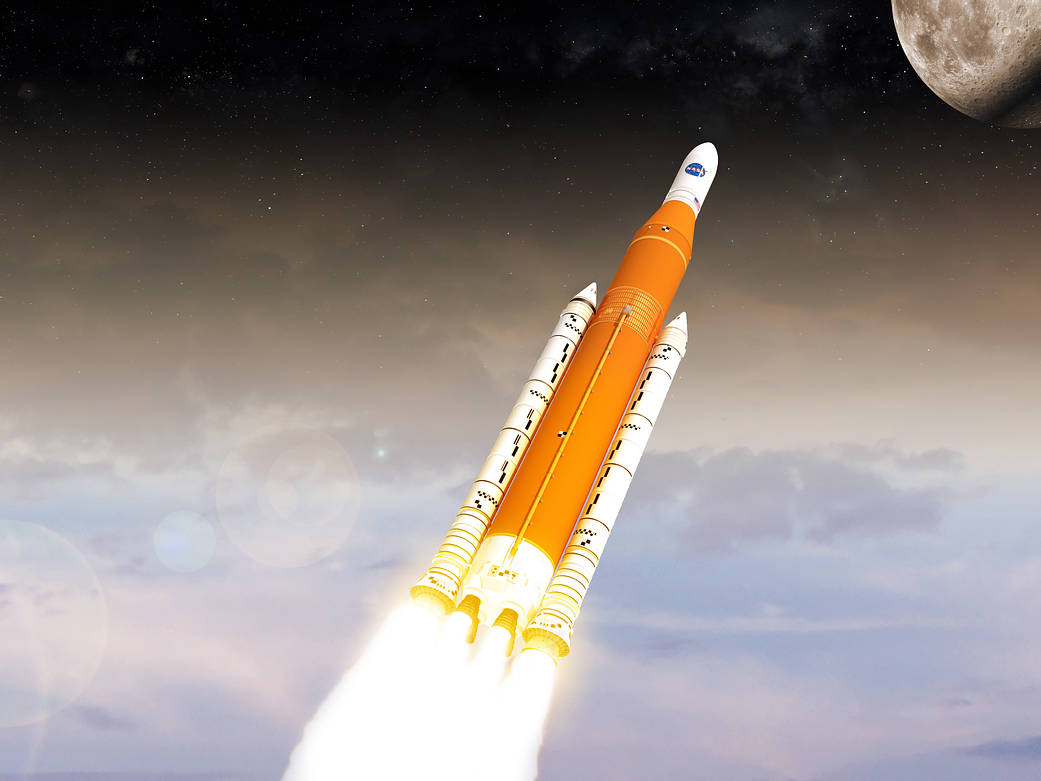NASA insulates its deep space rockets with 3D printed molds
Posted By Jérôme Deschamps on Apr 17, 2020 | 0 comments
From 3D printed engines to 3D printed tissues in space, NASA’s ability to find new space applications for 3D Printing seems to have no limit. The agency demonstrated even more creativity with additive manufacturing by working out a new insulation process that better deals with the technical constraints of their rockets: 3D Printing molds to help better insulate the upcoming new Deep-space rockets.
Rocket insulation challenges
Rockets are the devices responsible for sending objects off into space. They contain a payload, which consists of the elements essential to the mission. These can be probes, satellites, astronauts, and all the other things that are useful to send into space.
To fulfill their mission of carrying the spacecraft to its intended destination, a rocket needs to be provided with strong thermal protection systems. Indeed, air friction during the launch causes high temperatures, yet, the oxidizers and the fuel used to propel rockets must always be kept cool.
Credit: SLS on the Way to the Moon, nasa.gov
To protect all components from heat damage, NASA has to provide for compact thermal protection systems that can encase all parts. To do so, spray-on foam is applied to components using a robotic technique. But while this process works well with big hardware, smaller-size, intricate parts as well as cramped areas such as the inner ducts of the engines can’t be accessed. Technicians are then required to manually take over the foam insulation process, which is tedious and takes time.
The benefits of 3D printed molds
NASA worked alongside Boeing engineers to achieve a more efficient insulation system for the agency’s next-generation rocket. The process they came up with relies on 3D printed molds that are designed to fill the space around parts with foam. Once molds are designed and 3D printed, they are inserted in their intended places. Foam can then be poured in and will manage to fill crevasses as well as other tricky areas.
NASA declared this method allows them to drastically reduce the post-process trimming time. Also, the tests engineers have run early on during the project allows NASA to reduce the time needed to certify molds.
This small step for 3D Printing will build on the strengths of the most ambitious rocket ever made, the Space Launch System. And this is going to be used by NASA for its next big plan: Getting humans back on the moon by 2024.
We hope, of course, that NASA is going to keep its enthusiasm for 3D Printing and will come up with other new exciting in-house additive manufacturing developments. If you wish to get a bigger picture of all the innovations the agency made with this technology, here is a timeline.
Don’t hesitate to subscribe to our newsletter and get updated with other 3D Printing news and cutting edge innovations.
Credit for main image: SLS in Block 1 Cargo Configuration at Nightfall, nasa.gov


 Connect with Google
Connect with Google Connect with Facebook
Connect with Facebook
